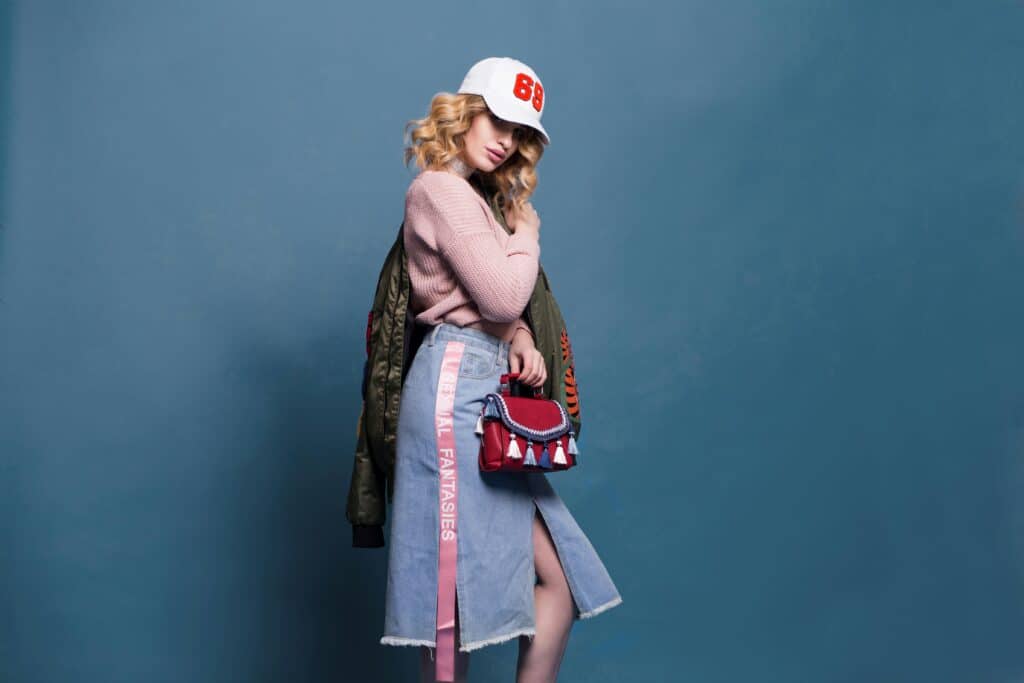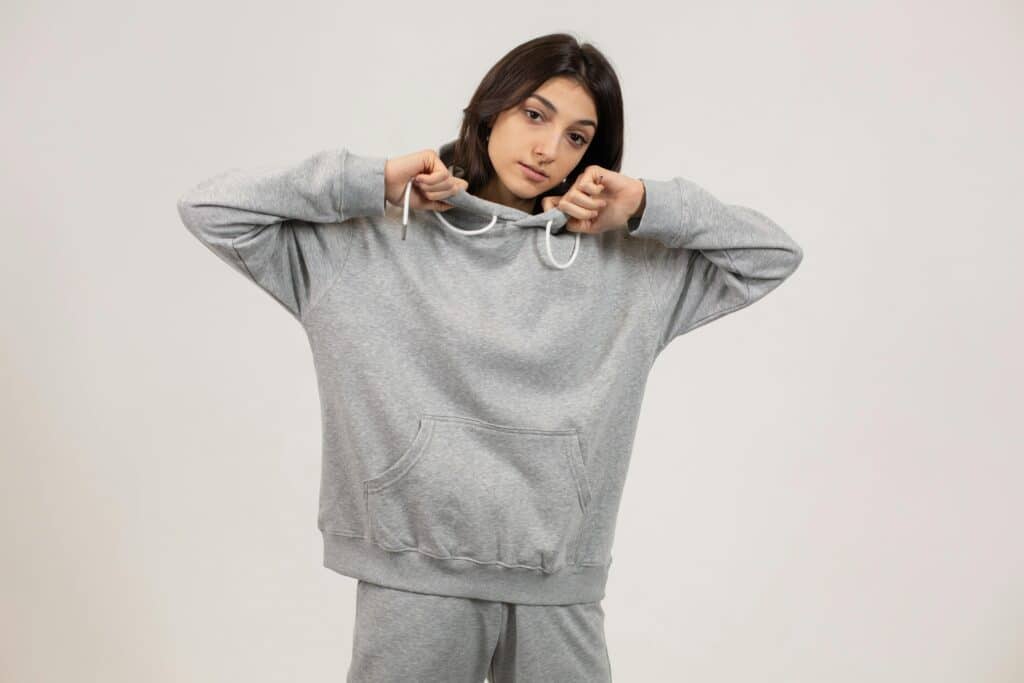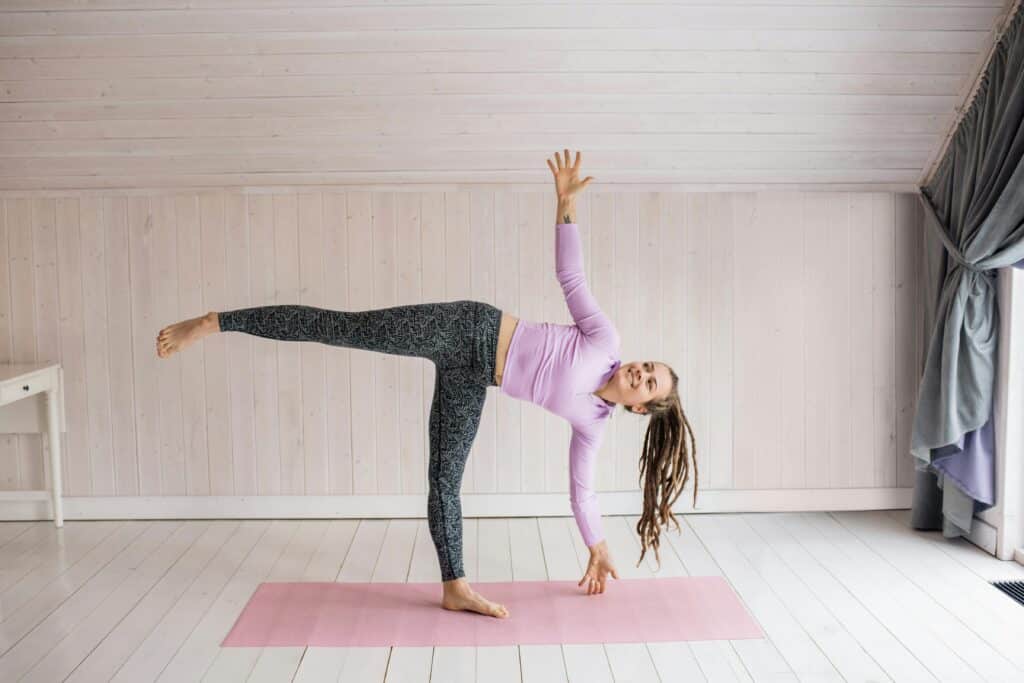When Style Meets School Rules

It was the first day back after summer break, and Maya stood in front of her mirror, holding a denim jacket covered in pins and patches. She loved how it showed her personality — bold, colorful, and creative. But as she walked into homeroom, a familiar voice stopped her: “That’s not within the dress code, Maya.” Her heart sank. Like many students, she felt torn between expressing herself and following the rules.
Across the country, students are redefining what it means to dress for school. From thrifted looks to gender-neutral fits, 2024’s fashion trends are all about individuality. Yet, schools are still catching up. According to a National Center for Education Statistics (2024) report, about 90% of U.S. public schools enforce some form of dress code. Meanwhile, a Pew Research Center (2023) study found that 59% of students believe dress restrictions are outdated and unfairly target certain styles or genders.
| Common Dress Code Rules (2024) | Percentage of Schools Enforcing |
|---|---|
| No hats or hoodies | 83% |
| Restrictions on skirt/short length | 69% |
| Bans on slogans or graphics | 57% |
| No ripped jeans or crop tops | 62% |
Students today see style as more than fabric — it’s identity. The scholarly sphere has started to explore how self-expression in fashion can boost confidence, belonging, and individuality among young people. When students are allowed to dress authentically, they often feel more comfortable in learning environments, which leads to better focus and participation.
Through our blogs about education and learning, we aim to inform and empower students with the latest trends, cultural shifts, and thoughtful discussions about how fashion intersects with school life. 2024’s new wave of school fashion isn’t about rebellion; it’s about rewriting what confidence looks like within classroom walls.
But what happens when new trends push the boundaries of traditional dress codes?
The 10 Trends Breaking the Rules in Style

School fashion in 2024 is more than a look — it’s a movement. Students are pushing for individuality, comfort, and representation, even as many schools tighten dress codes. Below are ten trends defining hallways everywhere, proving that self-expression always finds a way to shine.
1. Oversized Everything
Gone are the days of tight jeans and fitted tops. The oversized trend — from hoodies to baggy cargo pants — is taking over.
A Youth Trends Report (2024) found that 72% of Gen Z students prefer looser, more gender-neutral fits. However, dress codes still often ban oversized clothing due to “safety” or “identification” concerns.
Why Students Love It:
- Comfort for long school days
- Style that breaks gender stereotypes
- Easy layering for all seasons
| Clothing Type | Oversized Popularity (%) |
|---|---|
| Hoodies | 85% |
| T-shirts | 77% |
| Cargo Pants | 68% |
2. Thrifted & Sustainable Style
Thrift culture is now mainstream. According to ThredUp’s 2024 Resale Report, 63% of teens shop secondhand to save money and reduce waste. Yet some thrifted looks — like distressed jeans — still clash with school dress codes.
Sustainability in Style:
- Promotes creativity through upcycling
- Reduces fashion waste
- Encourages individuality in low-cost ways
This trend is proof that eco-conscious choices and self-expression can go hand in hand — even in classrooms.
3. Gender-Neutral Fashion
The idea of “boys wear this, girls wear that” is fading fast. The Trevor Project (2023) reports that over 25% of Gen Z teens identify outside traditional gender norms, and clothing plays a big role in how they express themselves.
However, dress codes in many schools still divide clothing by gender. This often results in unequal enforcement — like punishing girls for “inappropriate” tops or banning boys from wearing skirts.
| Dress Code Restriction Type | Schools Using Gendered Rules (%) |
|---|---|
| Separate guidelines for boys/girls | 78% |
| Bans on “opposite-gender clothing” | 41% |
Modern fashion calls for equality — and comfort for all.
4. Statement Tees & Graphic Messages
Slogans have power. Whether it’s “Be Kind,” “Climate Action Now,” or “Girls Support Girls,” students use T-shirts to speak up. But dress codes often restrict “political or controversial” messages, leaving many wondering where free expression ends.
Why It Matters:
- Encourages civic awareness
- Builds identity and values
- Sparks dialogue among peers
According to Pew Research (2024), 67% of students believe they should have more say in what’s considered “appropriate” at school.
5. Streetwear & Sneaker Culture
Streetwear — inspired by hip-hop, skate, and sports fashion — remains unstoppable. Nike Dunks, Jordans, and chunky sneakers dominate lockers and TikTok feeds.
Yet, dress codes banning “non-uniform footwear” or “brand logos” often clash with this expression of urban culture.
| Top Footwear Among Students (2024) | Popularity (%) |
|---|---|
| Nike Air Force 1 | 81% |
| Converse Chuck 70 | 63% |
| Adidas Samba | 55% |
Sneaker culture reflects more than style; it’s identity, art, and history — something schools could embrace instead of restrict.
6. Vintage Academic Aesthetic
Inspired by “dark academia” and “retro school” vibes, students are rocking blazers, plaid skirts, and cardigans reminiscent of 90s prep fashion. Ironically, this aesthetic fits many dress codes, but teachers often label it as “too stylized” or “distracting.”
Why It Works:
- Professional yet creative
- Mixes nostalgia with self-expression
- Gender-neutral and easy to personalize
The trend proves that fashion and formality don’t have to be opposites.
7. Activewear & Athleisure
Comfort has become a classroom staple. Leggings, joggers, and sportswear are now everyday essentials.
A Statista Education Fashion Study (2024) found that 84% of students wear activewear to school weekly. Yet, many dress codes still ban leggings, crop tops, or workout tanks.
Benefits of Athleisure:
- Boosts confidence and comfort
- Encourages physical movement
- Reduces anxiety around body image
| Commonly Restricted Activewear | Schools Banning (%) |
|---|---|
| Leggings | 49% |
| Crop Tops | 61% |
| Joggers or Sweatpants | 32% |
The double standard? Comfort is allowed in staff rooms — but not always for students.
8. DIY & Customization
From painted denim jackets to hand-embroidered backpacks, DIY fashion is booming. Social platforms like TikTok and Pinterest have fueled a culture of personalization.
Students see it as a way to show creativity, but dress codes sometimes ban “altered” or “defaced” clothing.
Creative Freedom Looks Like:
- Painted quotes or designs
- Sewn patches of favorite bands or causes
- Tie-dye and color customization
It’s self-expression in its purest form — art you can wear.
9. Cultural & Heritage-Inspired Fashion
More students are embracing fashion that honors their backgrounds — from African prints to South Asian jewelry. However, dress codes banning “head coverings,” “large jewelry,” or “nontraditional attire” sometimes unintentionally suppress cultural identity.
Representation in Fashion:
- Builds pride and belonging
- Encourages peer understanding
- Reflects real-world diversity
According to Education Week (2024), students who feel culturally represented at school are 45% more engaged and 30% less likely to miss classes.
| Cultural Fashion Type | Student Adoption Rate (2024) |
|---|---|
| Traditional Prints/Patterns | 47% |
| Religious Headwear | 33% |
| Heritage Jewelry/Accessories | 28% |
Fashion should celebrate diversity — not erase it.
10. Tech-Integrated Clothing
Welcome to the future: smart hoodies that adjust temperature, LED shoelaces, and backpacks with solar chargers. Techwear is moving from runway to hallway.
While exciting, dress codes often lack guidelines for such innovations, leaving students uncertain.
Tech-Forward Features Include:
- Solar-powered phone chargers
- Hidden pockets for earbuds
- Smart fabrics that change color
The scholarly sphere notes that wearable tech can support focus, safety, and creativity in education. Instead of banning it, schools could use it to teach innovation.
Where Dress Codes and Creativity Collide
Across these ten trends, one theme repeats: students want freedom, not rebellion. Many just want to feel like themselves in spaces that often demand uniformity. In fact, the National Center for Education Statistics (2024) found that schools with flexible dress codes saw a 20% increase in student satisfaction and improved peer relationships.
| Dress Code Type | Reported Student Satisfaction (%) |
|---|---|
| Strict | 42% |
| Semi-Flexible | 61% |
| Flexible | 78% |
Fashion doesn’t distract from learning — it can inspire it. And through our blogs about education and learning, we’ll keep exploring how clothing and culture influence school life in ways rules alone can’t capture.
The Future of Fashion Freedom in Schools

Every generation has its version of rebellion, but 2024’s student fashion isn’t about breaking rules — it’s about rewriting them. The latest dress codes are clashing with a student body that values individuality, diversity, and purpose. What used to be a quiet act of defiance — a hoodie, a slogan tee, or a colorful braid — has become a larger conversation about voice and identity in education.
For many students, fashion is more than fabric. It’s how they speak without words, how they feel confident walking into class, and how they connect with their culture or cause. Teachers are beginning to see this too. Some schools now use “style discussions” to teach cultural awareness and empathy. According to the National Education Association (2024), schools that included students in dress code revisions reported a 35% drop in disciplinary conflicts over clothing.
When dress codes evolve, classrooms feel safer and more inclusive. Research shows that giving students choices in how they present themselves can boost confidence and connection. A 2024 study from the Journal of Educational Psychology found that students who felt comfortable in their clothing showed 22% higher engagement in group learning. This isn’t about throwing away structure; it’s about letting the rules grow with the students they serve.
| Approach to Dress Code | Reported Impact on Engagement (%) |
|---|---|
| Strict enforcement | 38% |
| Collaborative (student input) | 72% |
| No formal dress code | 64% |
Through our blogs about education and learning, we aim to support teachers and students by highlighting ways to bridge tradition with transformation. When students are allowed to bring their full selves — their creativity, culture, and comfort — they not only dress for success, they learn in it.
It’s time for schools to look beyond outdated restrictions and see what these new trends are really saying: that fashion is part of learning, part of confidence, and part of being seen. So as 2024 unfolds and hallways fill with color, confidence, and creativity — maybe the question isn’t what students are wearing, but rather… what kind of future are they dressing for?
Works Cited
“Student Engagement in Learning.” Self-Determination Theory, https://selfdeterminationtheory.org/wp-content/uploads/2025/05/2025_Bizimana_StudentEngagement.pdf.
Behbehani, Lilly. “Equitable Dress Codes Missing From Schools.” National Education Association, 14 Nov. 2022, https://www.nea.org/nea-today/all-news-articles/equitable-dress-codes-missing-schools.
“Investigating the Psychological Effects of Clothing Choices on Wearer’s Mood, Confidence, and Behaviour.” Global Scientific Journal, https://www.globalscientificjournal.com/researchpaper/INVESTIGATING_THE_PSYCHOLOGICAL_EFFECTS_OF_CLOTHING_CHOICES_ON_WEARER_S_MOOD_CONFIDENCE_AND_BEHAVIOUR.pdf.
“School Dress Code Policies Impact Student Mental Health and Self-Esteem.” Citizen Portal, 8 Sept. 2025, https://www.citizenportal.ai/articles/5737388/Utah/School-Dress-Code-Policies-Impact-Student-Mental-Health-and-Self-Esteem.
“When School Dress Codes Discriminate.” National Education Association, 24 July 2018, https://www.nea.org/nea-today/all-news-articles/when-school-dress-codes-discriminate.
“GAO-23-105348, K-12 EDUCATION.” U.S. Government Accountability Office, 25 Oct. 2022, https://www.gao.gov/products/gao-23-105348.
“Journal of Educational Psychology.” American Psychological Association, https://www.apa.org/pubs/journals/edu.
“Clothing as a Pedagogical Tool: Enhancing Teaching and Learning.” Journal of Vocational Education and Training, vol. 7, no. 1, https://jotvetar.org/volume7n1/paper6.pdf.
“Student Engagement in Higher Education: Conceptualizations, Measurement, and Research.” ResearchGate, https://www.researchgate.net/publication/377846515_Student_Engagement_in_Higher_Education_Conceptualizations_Measurement_and_Research.

